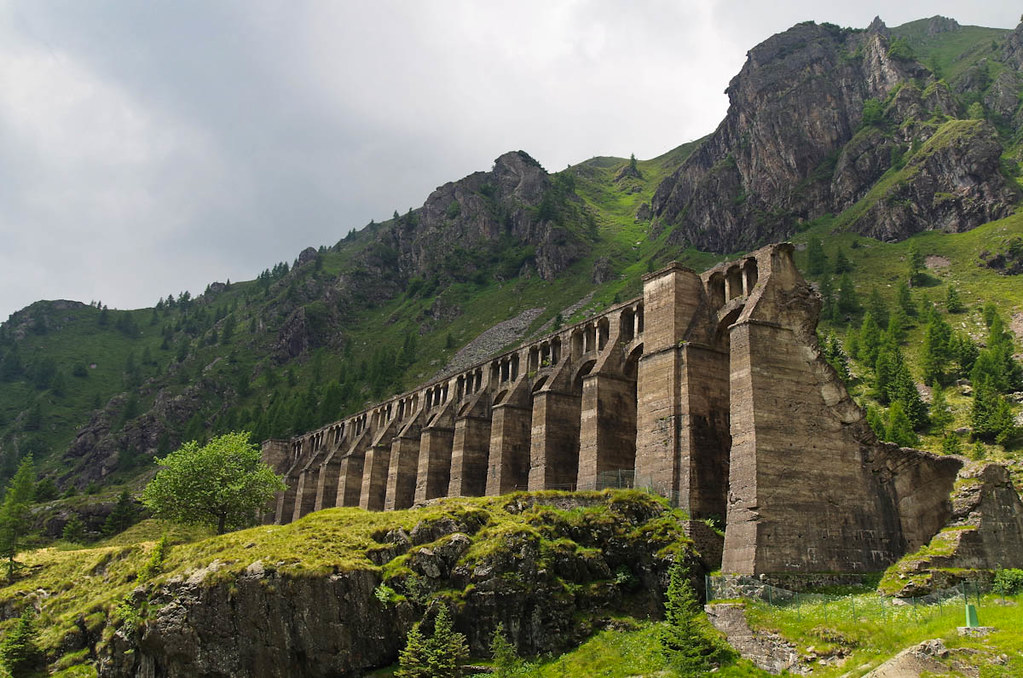 |
Arms for the Visconti-Sforza family
|
Trionfi (cards)
Trionfi (Italian: 'triumphs') are 15th-century Italian playing cards with allegorical content related to those used in tarocchi games. The general English expression "trump card" and the German "trumpfen" (in card games) have developed from the Italian "Trionfi". Most cards feature the personification of a place or abstraction.
************
History
Many of the motifs found in trionfi are found in trionfo, theatrical processions that were popular in the Italian Renaissance. The Palazzo Schifanoia in Ferrara, once owned by the ducal House of Este, contains many murals depicting these floats. Petrarch wrote a poem called I Trionfi which may have served as inspiration.
The earliest known use of the name "Trionfi" in relation to cards can be dated to 16 September 1440 in the records of a Florentine notary, Giusto Giusti. He recorded a transaction where he transferred two expensive personalized decks to Sigismondo Pandolfo Malatesta.
In a letter from 11 November 1449, Antonio Jacopo Marcello used the expression triumphorum genus for a deck that was produced sometime between 1418 and 1425. It was commissioned by the duke of Milan, Filippo Maria Visconti, painted by Michelino da Besozzo and described in an accompanying text by Martiano da Tortona.
Two decks from June 1457 seem to relate to a visit at Ferrara of the young Milanese heir of the dukedom Galeazzo Maria Sforza in July/August 1457. Each deck consisted of 70 cards — the modern Tarot deck typically has 78.
 The earliest known appearance of the word "Tarocho" as the new name for the game is in Brescia around 1502).
The earliest known appearance of the word "Tarocho" as the new name for the game is in Brescia around 1502).
[Depaulis, Thierry (2008). "Entre farsa et barzelletta: jeux de cartes italiens autours de 1500". The Playing-Card. 37 (2): 89–102]
************
Tarocchini
Tarocchini (plural for tarocchino) are point trick-taking tarot card games popular in Bologna, capital city of the Emilia-Romagna region of Italy and has been confined mostly to this area. They are the diminutive form of tarocchi (plural for tarocco), referring to the reduction of the Bolognese pack from 78 to 62 cards, which probably occurred in the early 16th century.
The games of Tarocchini are very complex, yet the rules have changed little over the years.
************
Visconti-Sforza tarot deck
The Visconti-Sforza tarot is used collectively to refer to incomplete sets of approximately 15 decks from the middle of the 15th century, now located in various museums, libraries, and private collections around the world. No complete deck has survived; rather, some collections boast a few face cards, while some consist of a single card. They are the oldest surviving tarot cards and date back to a period when tarot was still called Trionfi ("triumphs" i.e. trump) cards, and used for everyday playing. They were commissioned by Filippo Maria Visconti, Duke of Milan, and by his successor and son-in-law Francesco Sforza. They had a significant impact on the visual composition, card numbering and interpretation of modern decks.
************
OverviewThe surviving cards are of particular historical interest because of the beauty and detail of the design, which was often executed in precious materials and often reproduce members of the Visconti and Sforza families in period garments and settings. Consequently, the cards also offer a glimpse of nobiliary life in Renaissance Milan, which the Visconti called home since the 13th century.
************
Pierpont Morgan Bergamo (card deck)
This deck, also known as Colleoni-Baglioni and Francesco Sforza, was produced around 1451. Originally composed of 78 cards, it now contains 74, i.e. 20 trumps, 15 face cards, and 39 pip cards. The Morgan Library & Museum in New York City has 35, the Accademia Carrara has 26 in its catalogue, while the remaining 13 are in the private collection of the Colleoni family in Bergamo. Trumps and face cards have a gilt background, while the pip cards are cream-coloured with a flower and vine motif. The two missing trumps are the Devil and the Tower. Modern published reproductions of this deck usually contain attempted reconstructions of missing cards.
.








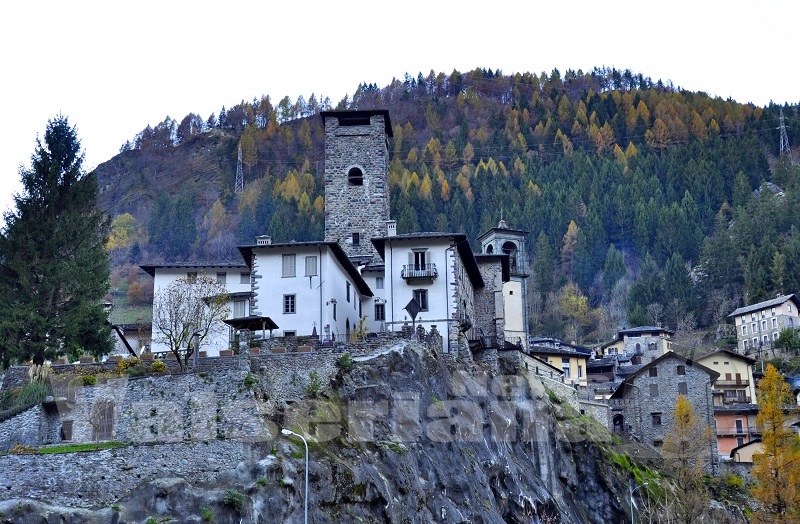
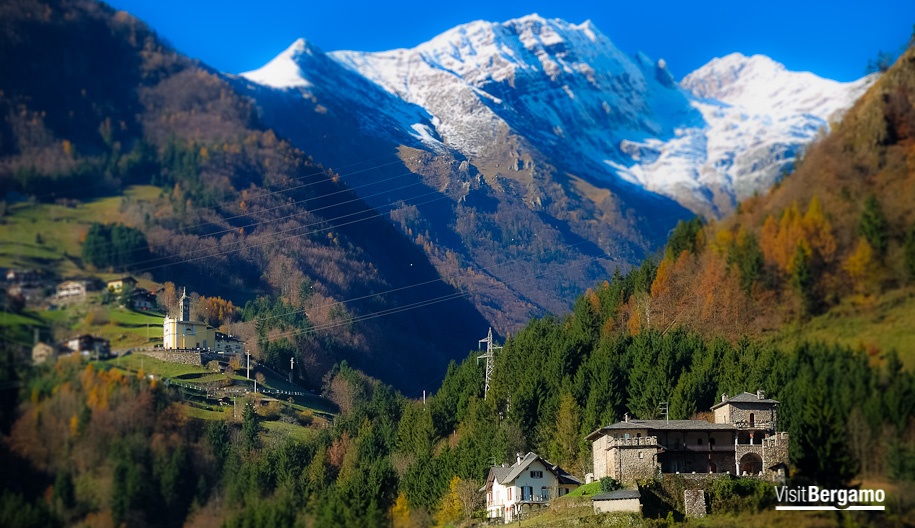
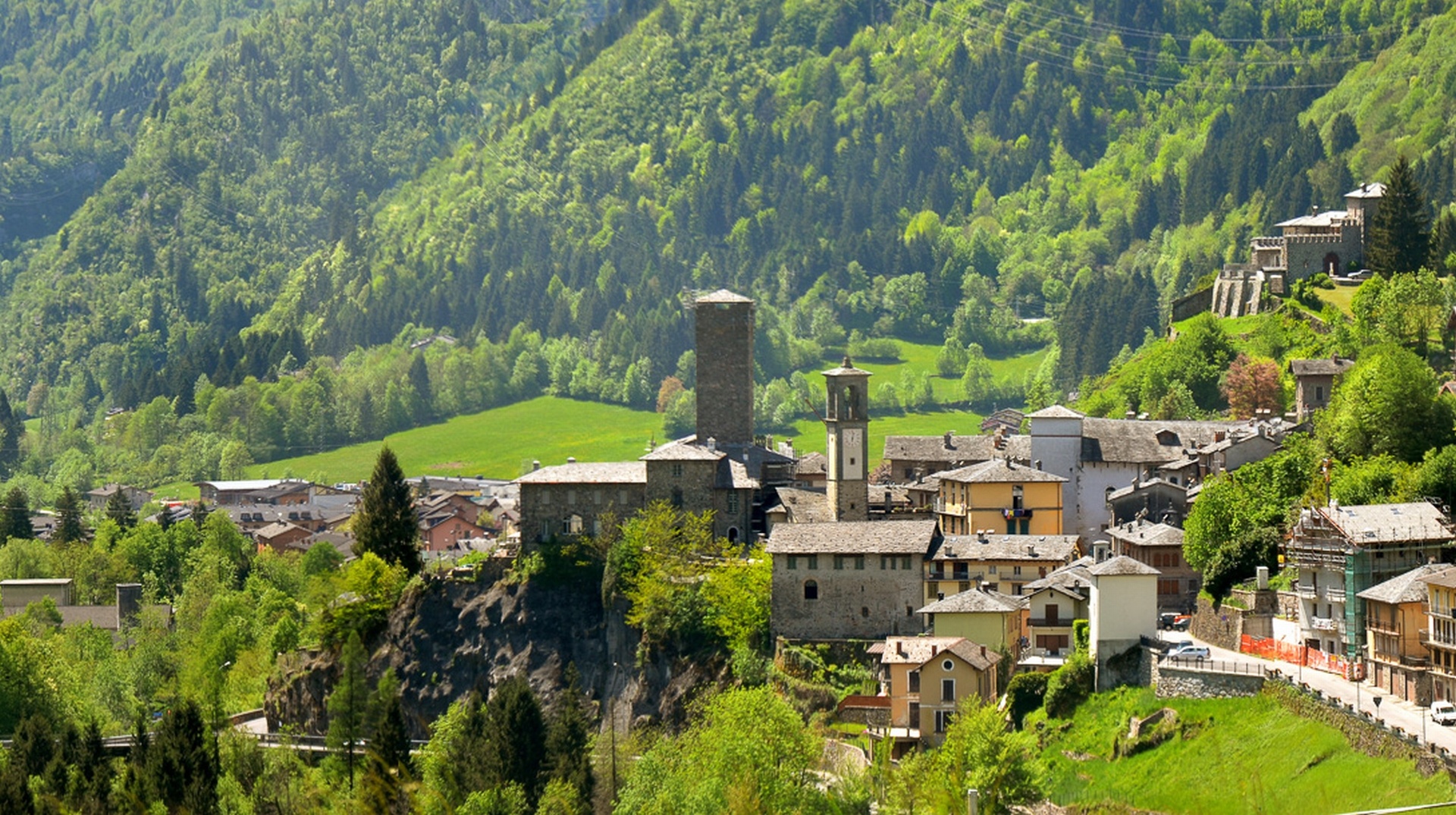


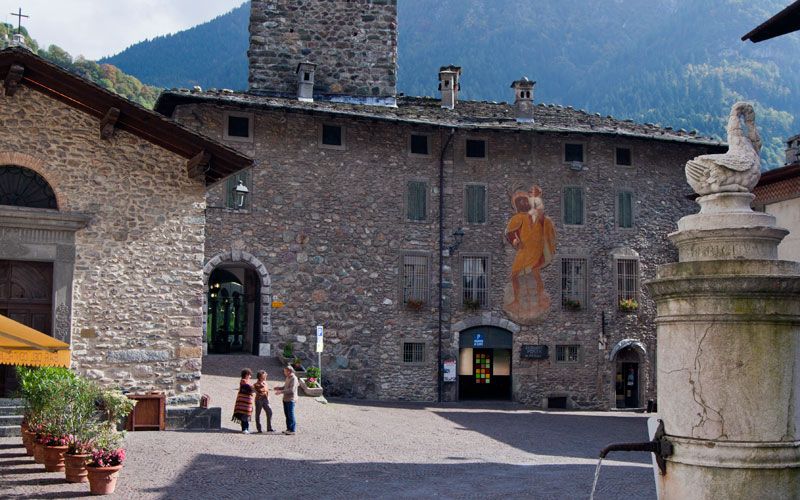







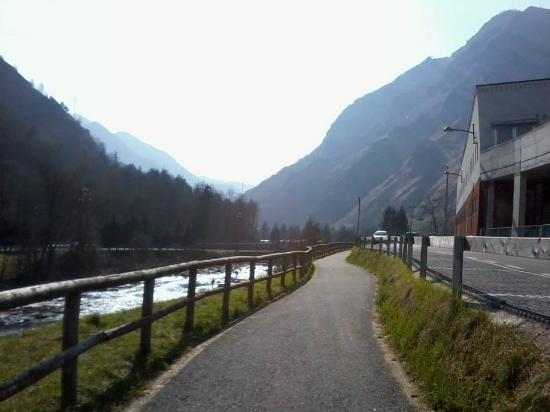






_01.jpg)








